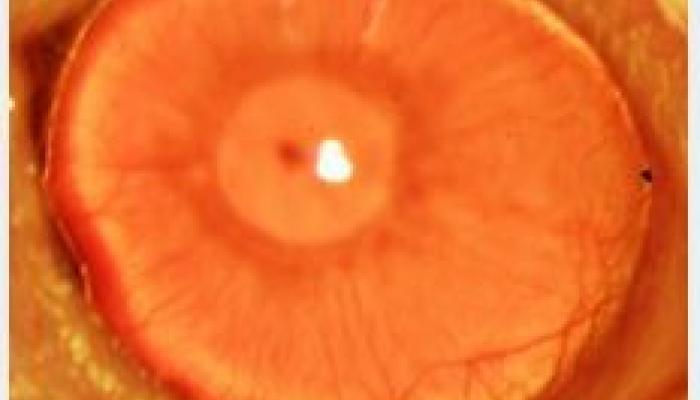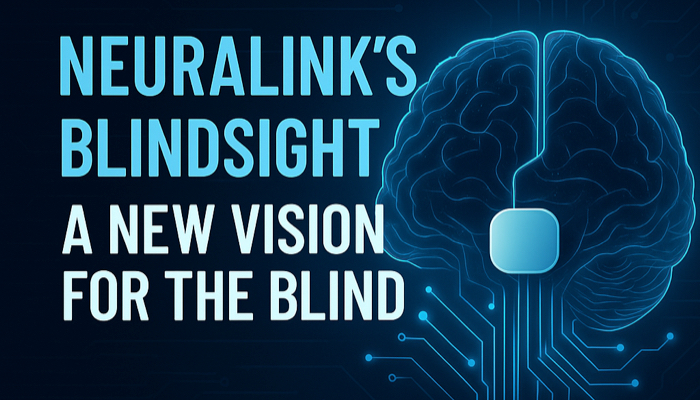A Breakthrough in Growing Corneas

A number of Boston hospitals and healthcare systems have teamed up to solve the puzzle of how to grow corneas good enough to replace those that no longer work. They had a breakthrough recently when they took something they learned from cancer research and applied it to their corneal work.
The result: corneas that can be grown using adult stem cells.
This is great news, since previously corneas grown outside the body would lose their flexibility and become opaque. The researchers knew they needed limbal stem cells to make this work, and those are very rare. Until they found a way to isolate them using an antibody to a tracer molecule – ABCB5. Skin cancer research has shown that ABCB5 endows cancer cells with the ability to resist chemotherapy agents.
Since the cornea is the “skin” of the eye, the researchers figured that studying ABCB5 would give them important information in the treatment of corneal issues. And they were right.
This research will impact stem cell procedures in general; right now, clinical studies are ongoing to develop an ABCB5 antibody that will ultimately aid in the growth of new corneas.
The full text of the article can be found here, on Vector, Boston Children’s Hospital’s science and innovation blog.
Related Posts

Eye Conditions and Syndromes, Visual Impairment
Neuralink Announces Plans to Restore Sight to the Blind with Brain Chip
Elon Musk’s company Neuralink has announced plans to begin human trials of its new “Blindsight” brain chip by the end of 2025.

Eye Conditions and Syndromes
Does Screen Time Affect Kids’ Vision?
Too much screen time can affect kids’ vision by causing eye strain, blurred vision, dry eyes, and even nearsightedness in children and adolescents.

Eye Conditions and Syndromes, Support, Visual Impairment
Coping with a Diagnosis: Emotional Support for Families with Visually Impaired Children
Families with emotional support are more resilient. Learn how to establish emotional support with peers, professionals, and the community to help your family thrive.